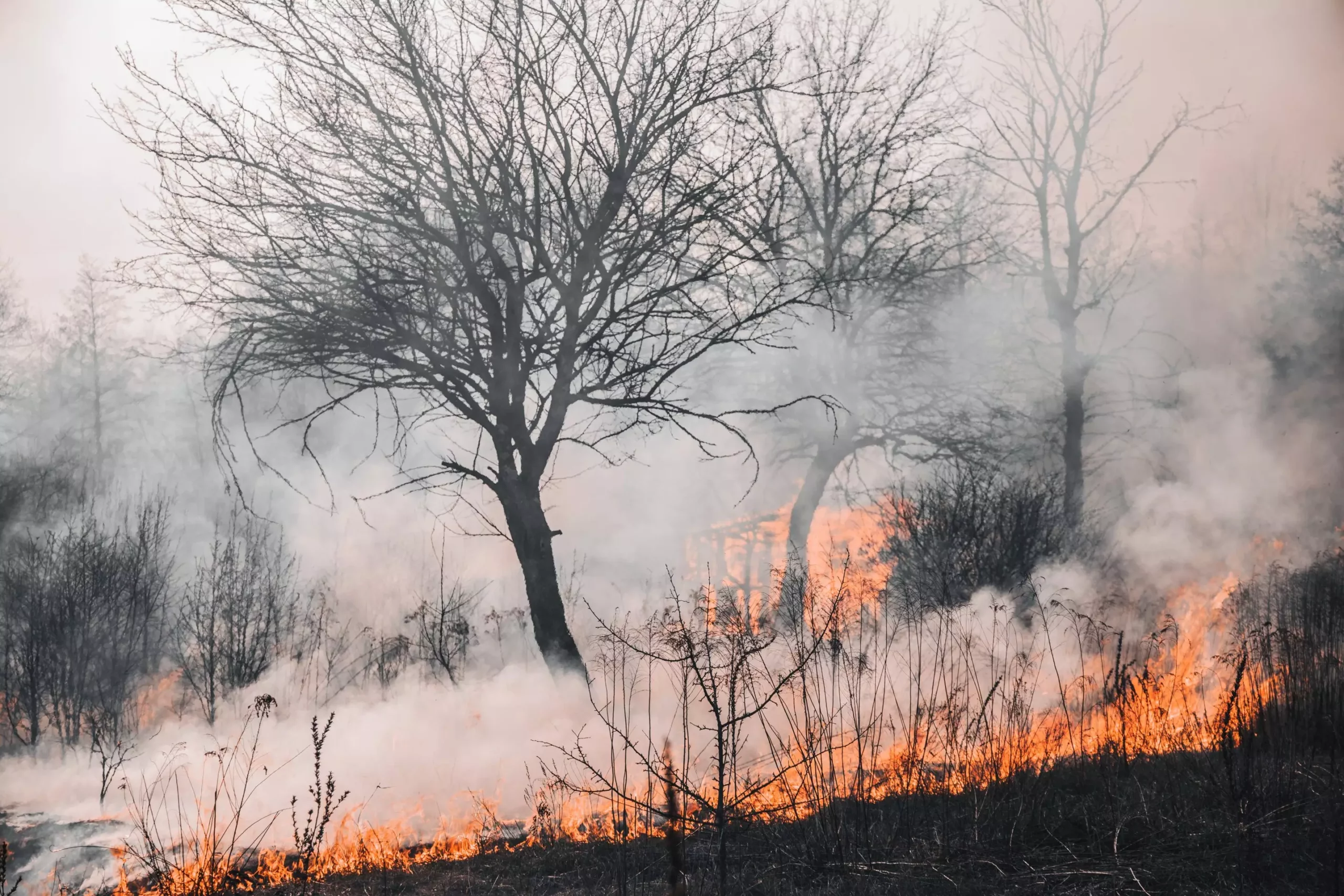Recent groundbreaking research conducted by scientists from China, Germany, and the United States has shed light on a startling connection between the devastating effects of wildfires and the delicate chemistry of our planet’s ozone layer. This research, published in the esteemed journal *Science Advances*, particularly emphasizes the repercussions of unprecedented wildfire events, exemplified by the catastrophic Australian bushfires of 2019 and 2020. While the ozone layer has seen significant recovery due to international efforts, particularly via the Montreal Protocol initiated in 1987, this study underscores an alarming new threat that may jeopardize these gains.
The ozone layer, our planet’s natural sunscreen, plays an essential role in absorbing harmful ultraviolet (UV) radiation, safeguarding all forms of life. The early success of the Montreal Protocol in phasing out ozone-depleting substances paints a hopeful picture. However, this collaborative international environmental effort is now increasingly challenged by the unforeseen chemical interactions triggered by large-scale wildfires.
Smoke-Charged Vortex: A New Scientific Phenomenon
At the heart of this transformative study lies the concept of the smoke-charged vortex (SCV), an unprecedented atmospheric phenomenon that transports wildfire emissions into the stratosphere, reaching extraordinary altitudes of up to 35 kilometers. Prof. Hang Su from the Institute of Atmospheric Physics highlights the significance of these SCVs, describing them as powerful, smoke-laden whirlpools that can alter the atmospheric landscape dramatically. Notably, during the 2019/20 Australian wildfires, the research team documented an alarming doubling of aerosol particles in the Southern Hemisphere’s middle stratosphere, a finding that could have far-reaching implications for our ozone layer.
The study revealed that while these wildfire-induced aerosols cause severe ozone depletion in lower stratospheric regions, they paradoxically stimulate ozone creation at higher elevations. The intricate balance between depletion and enhancement challenges our traditional understanding of atmospheric chemistry. The research found that these aerosols trigger chemical reactions that lead to complex ozone dynamics, suggesting that nature has crafted a sophisticated response to wildfire emissions that contradicts prior expectations.
Balancing Negative and Positive Outcomes
The dichotomy of outcomes—ozone depletion in the lower stratosphere coupled with ozone enhancement at higher altitudes—reveals Nature’s paradoxical mechanisms. Notably, the Southern Mid-Latitudes managed to mitigate approximately 40% of the ozone loss experienced in the lower stratosphere following the bushfires. This finding is crucial as it signals that while wildfires have dire consequences, their impacts can vary significantly across atmospheric layers.
Moreover, this research beckons a reevaluation of climate models and forecasts regarding ozone layer dynamics in light of increasing wildfire activity linked to climate change. As global warming becomes a more pressing issue, the likelihood of SCVs and their associated atmospheric effects will likely escalate. This tendency poses a tangible threat to the delicate equilibrium that has been painstakingly achieved through international environmental initiatives.
The Call for Enhanced Vigilance
Prof. Yafang Cheng from the Max Planck Institute articulates a vital message pointing towards the significant role of absorbing aerosols—like black carbon—in sustaining enormous smoke-charged vortices and affecting ozone layers across vast distances. The persistence of these SCVs for months not only alters atmospheric chemistry but also provokes critical discussions around future climate resilience strategies.
As we witness a surge in wildfire events globally, predominantly driven by climate change factors, this research serves as a clarion call for scientists, policymakers, and the public alike. The findings emphasize the necessity for continued vigilance and deeper investigation into the interplay between climate-driven phenomena and ozone layer integrity. The battle for our ozone isn’t concluded; rather, it evolves continuously with the growing frequency of natural disturbances, necessitating agile responses from environmental science and policy to safeguard our atmosphere for future generations.


Leave a Reply